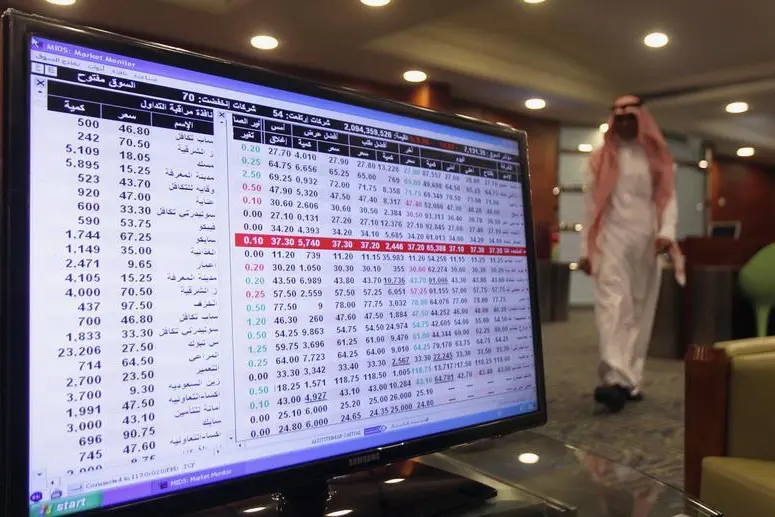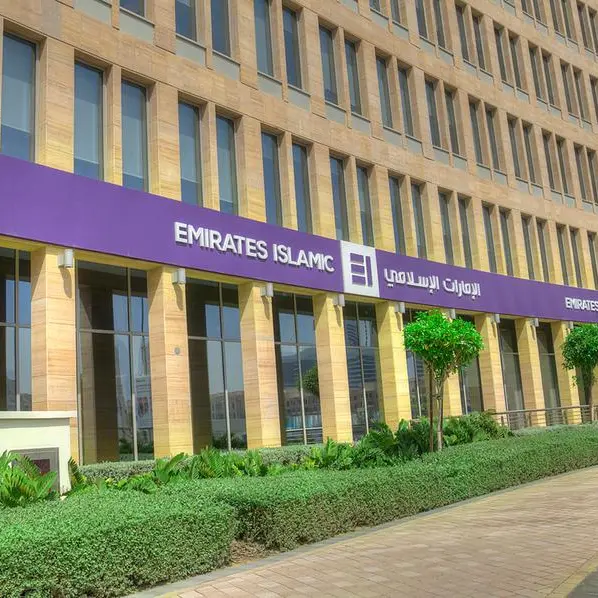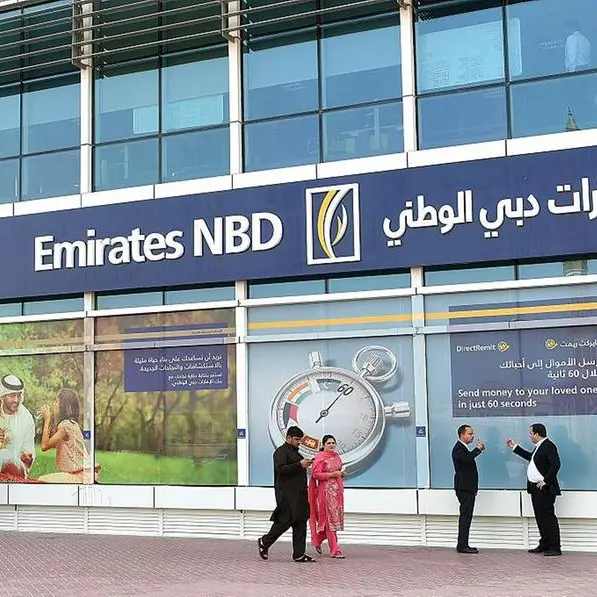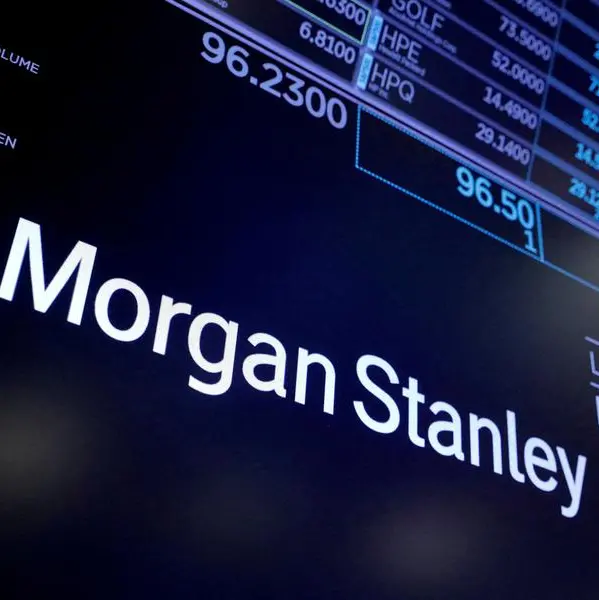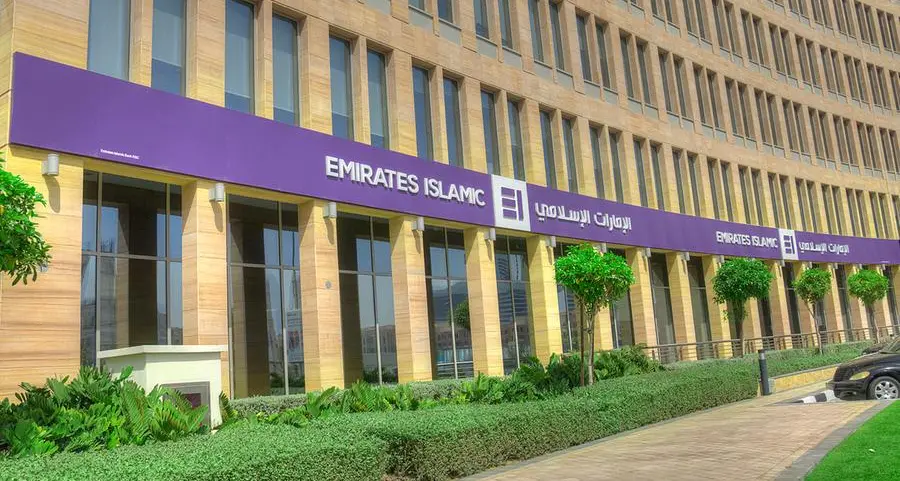PHOTO
A potential Emerging Market Bond Index inclusion is a swing factor for GCC credit and could lead to an estimated $30 billion of inflows into the region, according to analysts at the Bank of America Merrill Lynch.
The expected inflows may also lead to tighter spreads, making primary market access easier in the GCC countries, BofAML analysts said in their latest Global Emerging Markets Weekly report.
Sovereign bonds of Saudi Arabia, Qatar, the UAE, Kuwait and Bahrain will make up a sizeable portion of the index. "We estimate 10 to 11 per cent of the EMBI diversified. In theory, flows could reach $40 billion which should be supportive for credit performance in the coming months. Sovereigns will also now be able to issue debt to a new audience of EM credit-focused investors, which should increase primary demand," said Jean-Michel Saliba, Mena economist at BofAML.
However, BofAML analysts are of the view that the ultimate flow number would be lower since many EMBI funds appear to already hold off-benchmark GCC sovereigns in their portfolios. Using a sample of funds suggests an average allocation of nearly three per cent already so flows could be closer to $30 billion.
"These new sovereigns will be introduced gradually over an expected 6m period from 2019, although funds may well pre-empt the move in the coming months, particularly after a final decision is made by JP Morgan," said Saliba.
In June, JP Morgan announced that it is considering including sovereign debt from GCC in its popular EMBI. This would include government debt from Bahrain, Kuwait, Oman, Qatar, Saudi Arabia and the UAE.
According to JP Morgan estimates, about $360 billion in invested capital tracks the JP Morgan EMBI Index. About $150 billion of debt from the GCC could potentially be added to this index with an expected weight of 12.33 per cent.
Analysts estimate that this could lead to index inflows of over $45 billion, which would be about 30 per cent of the total amount outstanding of the bonds to be added.
Including GCC sovereign debt could prove to be a major boost to the region, deepening regional debt markets and supporting overall debt issuance. It might also lower funding costs for Gulf-based companies and ultimately lead to higher regional growth, they said.
Total domestic and USD-denominated debt outstanding from GCC issuers is about $317 billion, of which 68 per cent is USD-denominated. While the USD debt issuance from the Middle East has received widespread attention, the local currency market has been quietly growing as well. Saudi Arabia has taken the lead in developing a domestic debt market, having reduced its reliance on USD funding to just over 30 per cent. The UAE relies almost solely on USD issuance. Kuwait's domestic currency bond market is another one worth watching, given that only 54 per cent of its funding comes from USD issuance, analysts pointed out.
According to BofAML analysts, Kuwait and Bahrain should benefit from the EMBI diversified weighting approach that reduces the weight of the largest issuers relative to their amount outstanding. Flows could reach around 50 per cent of Kuwait's outstanding external bonds, with Bahrain also benefiting. Flows into large issuers such as Saudi Arabia and Qatar will be smaller in percentage of debt outstanding terms. Again, given existing holdings, the ultimate figures are likely to be smaller.
Copyright © 2018 Khaleej Times. All Rights Reserved. Provided by SyndiGate Media Inc. (Syndigate.info).
